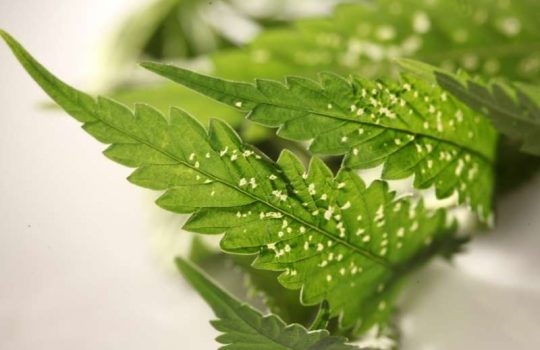What exactly is Gryphosate herbicide, might ask?
グリホサート Glyphosate (ingredient title "glyphosateisopropylamine sodium") is a herbicide that is used to control the spread of pests in agriculture and gardens all over the world, including Japan. When it is sprayed, it gets absorbed from the green parts such as leaves and stems, moves to the roots, and eventually withers the entire plant. Since it is classified as an "non-selective" herbicide, all plants die after the agent is applied on the leaf surface. Pesticide firms are now selling herbicides that contain glyphosate because the patent covering the ingredients has expired. All herbicides containing glyphosate that are in the market have been subject to rigorous inspection.
The safety of Glyphosate is one of its most important characteristics. It has a low toxicity to animals due to the mechanism of inhibition that blocks enzymes from being activated in plants. If the chemical solution is applied to the soil, it can be a source of food for microorganisms. They are able to differentiate the solution into carbon, water and oxygen. It is a recognized pesticide worldwide that reduces greenhouse gasses because it permits the cultivation of crops that do not require tillage.
Glyphosate is a component of tapwater.
Tap water is safe
Is glyphosate present with tap water?
Weekly Shincho stated in April 2020 that "In Japan, there's no standard value left for glyphosate present in the tap water. グリホサート There's only the target value." The value is higher that other pesticides and countries and drinking water sources are contamination. In a piece I wrote, I said that it's. There are concerns that tap water may have the highest levels of Glyphosate. This content is inaccurate.
First, glyphosate doesn't have a standard value, but only an acceptable goal value. This is because glyphosate 10 minutes at 2 ppm is the draft water quality standard value. This is because a level greater than 0.2ppm (1) has never been detected within tap water. According to the Ministry of Health, Labor and Welfare there was no instance of glyphosate exceeding 0.02ppm was detected in Japan tap water. It's impossible to detect it.
The glyphosate spraying in soil is actually degraded at a rate of half in only two days. グリホサート This means that it can be transfered to waterways and rivers with the same concentration, and won't be a source of pollution.
グリホサート グリホサート Japanese tap water is healthy
Tap water from Japan is to be safe. There's no issue drinking tap water as it is. There are 51 rigorous inspection items that are supplied on the basis of strict quality controls imposed by law. Water can be divided into three categories: acid, neutral and alkaline. Japan has a water quality standard that guarantees tap water is near neutral pH (5.8 or greater , and 8.6 lower). Iron rust can still be a possibility in the event that your water supply pipes have been damaged.
What is the process of producing tapwater in the first place? Tap water uses mainly surface water such as dam lakes and river water for raw water. After the water is purified, chlorine is introduced into the water purification plant to eliminate any impurities. This tap water is then carried to every household via water pipes.
グリホサート The story of Japanese Pesticide Remains Standards
The current normative value for glyphosate residues for wheat in Japan is set at 5 ppm. It was only 5 ppm as of December 2017. There are opinions like "We reduced that to 30ppm, which was a 6x increase and were adamant about the health effects."
Tap water glyphosate
The standard residual value for glyphosate is the same as the international standard.
In reality that we didn't reduce the standard. We adjusted it to match the international residual standard. Japan imports large quantities wheat from South America. And the importer, the foreign producer, naturally regulates the usage of glyphosate according to the international standard of 30ppm. The standard value for Japan of glyphosate is 5ppm. If it's higher than the standard value the import will be prohibited. If this occurs, the production of wheat could be impacted and Japanese food products could be at risk. The standard value has been revised to meet the standards of international quality. There is no safety concern in the current values of the standard.
Be able to understand the glyphosate chemical formula properly
To prevent consumers from being unnecessarily in a state of mind by the emotional discussion concerning pesticide residues It is essential for them to be able to gain the right information which has been gained through research conducted by scientists. It is important to avoid letting rumors keep you from your regular eating habits.


